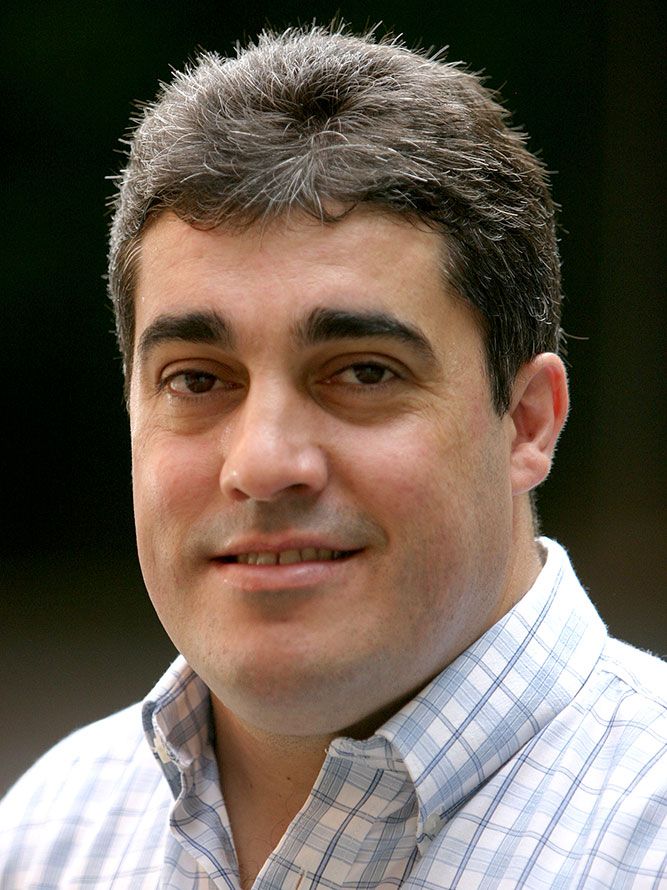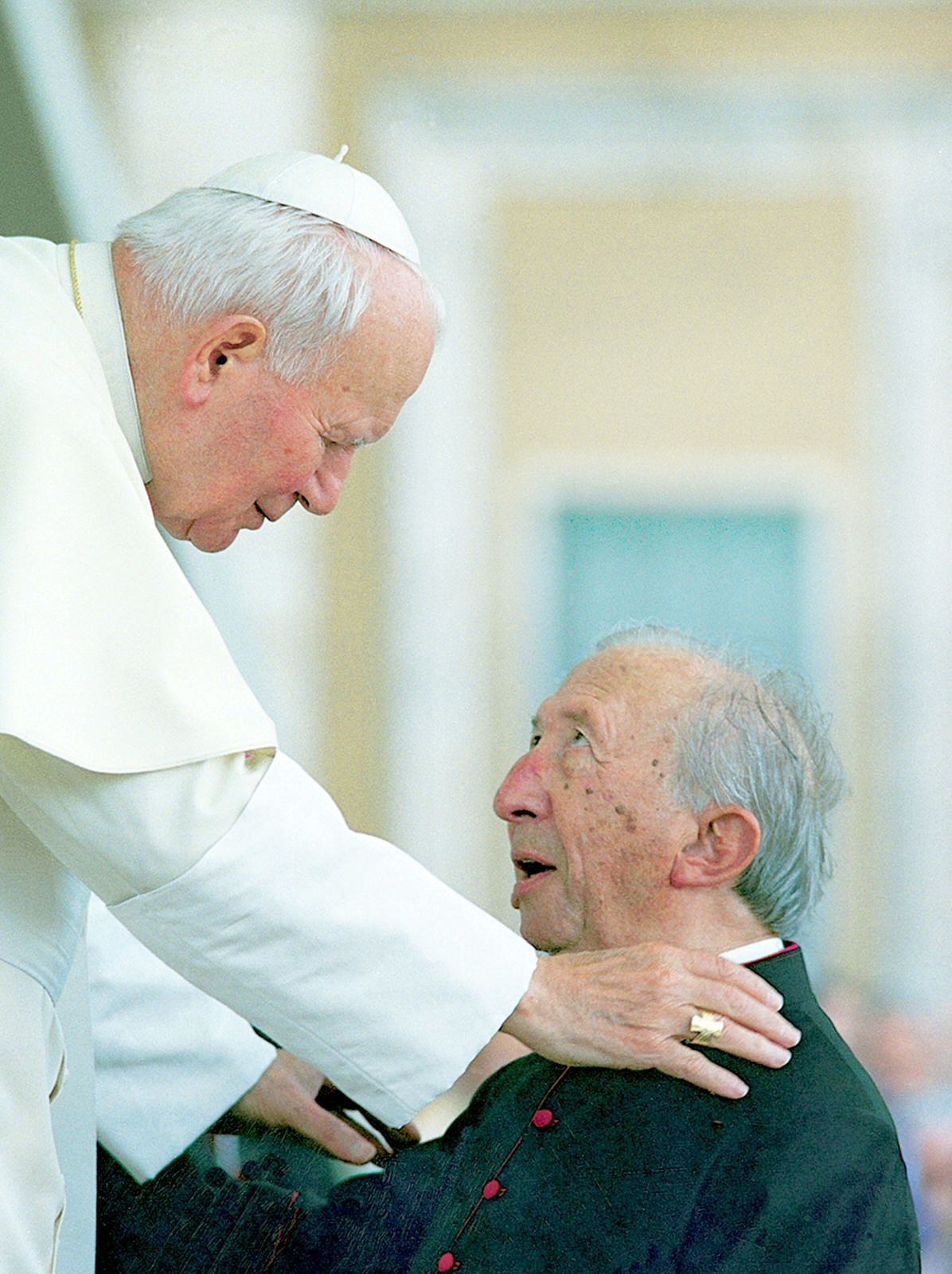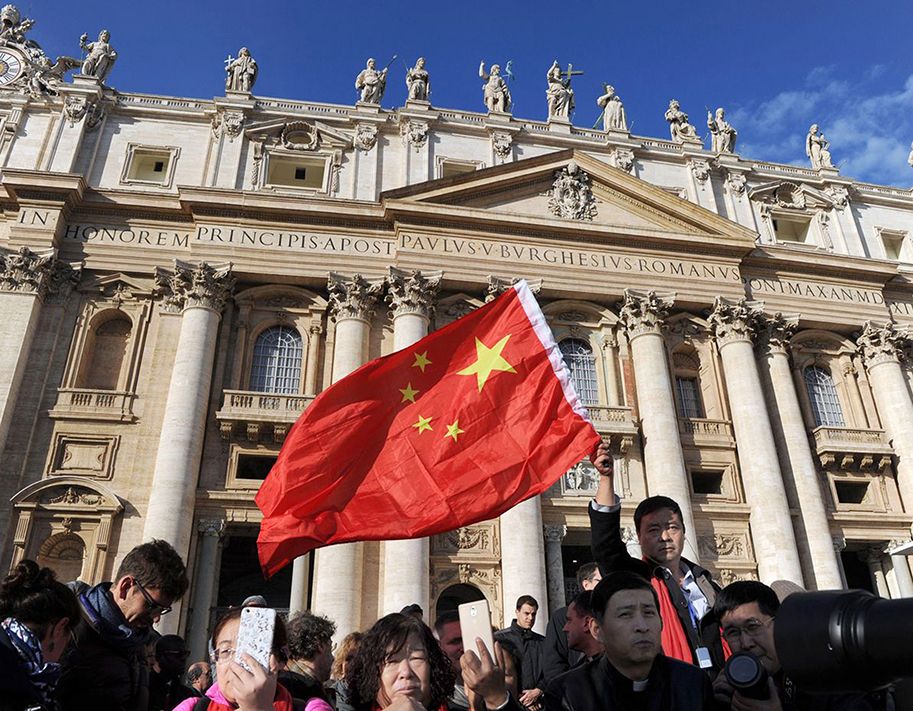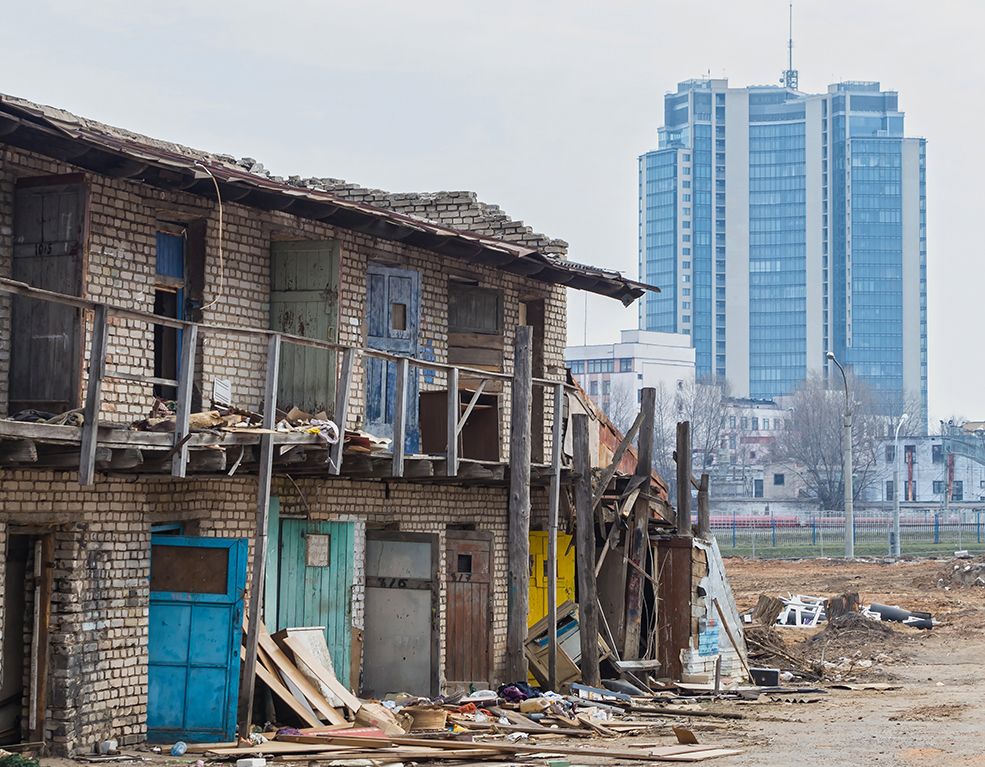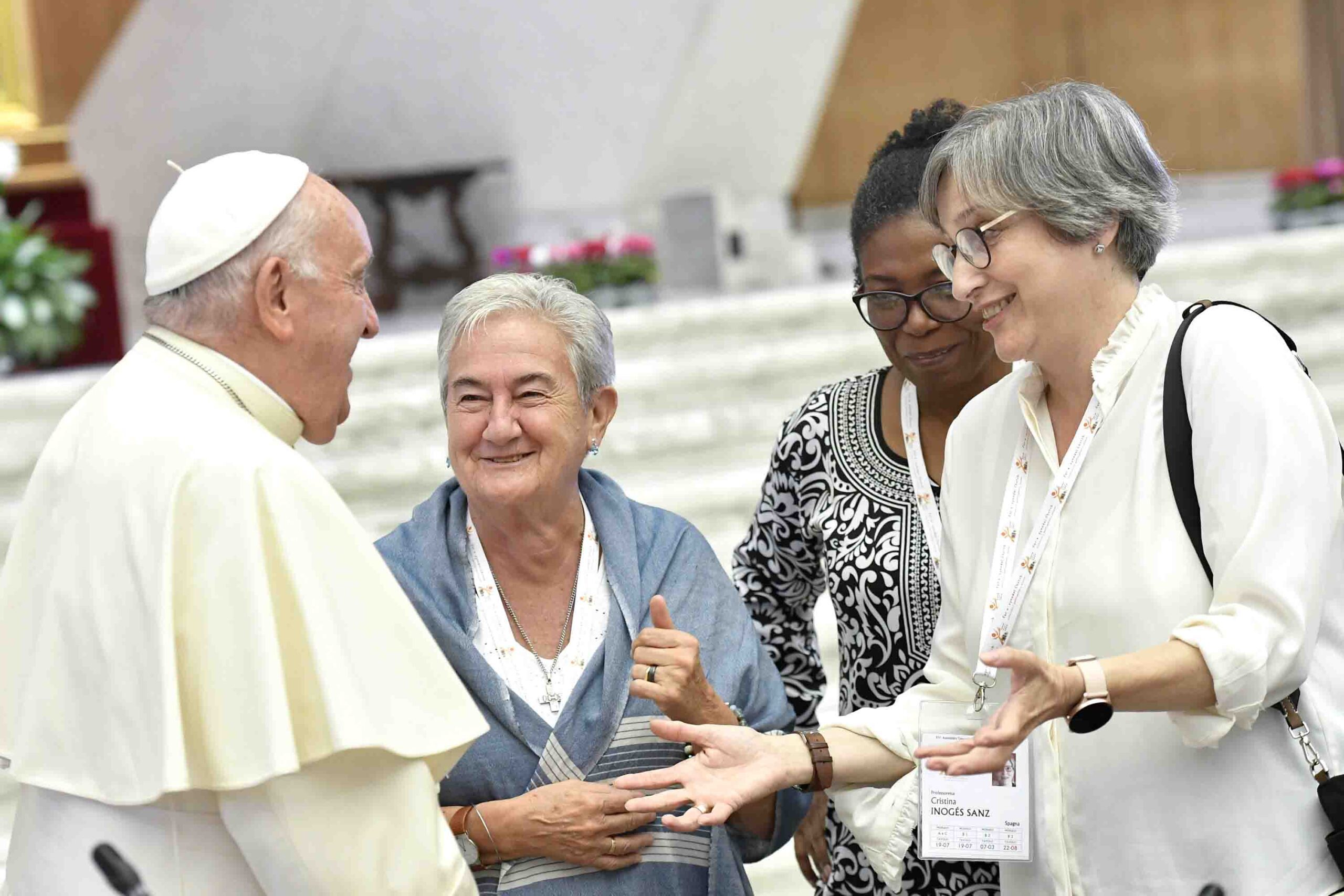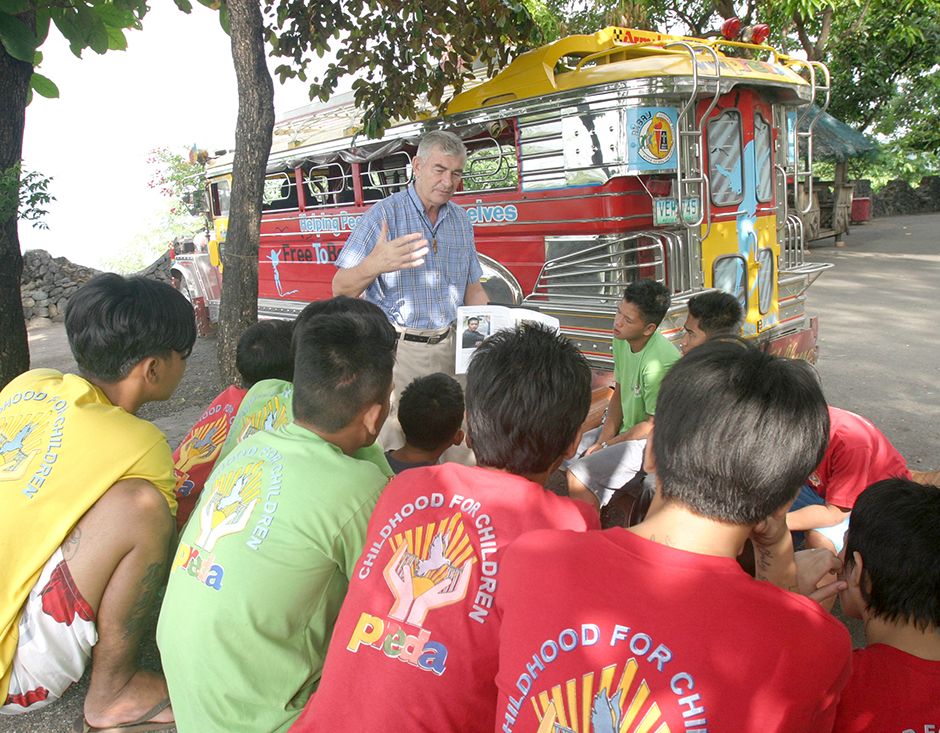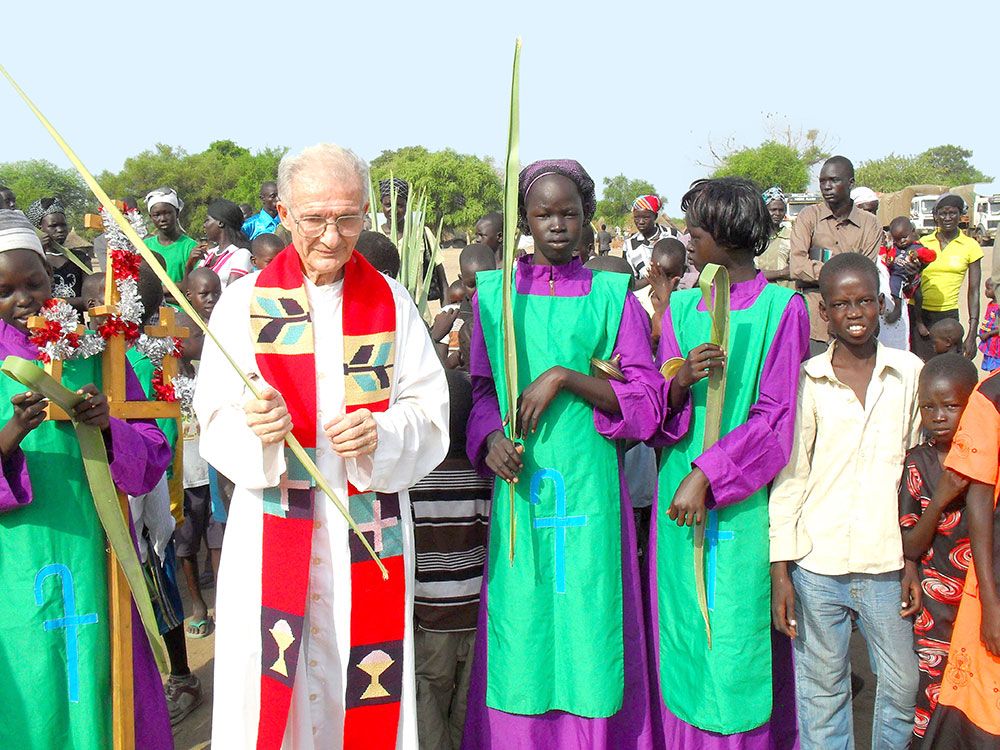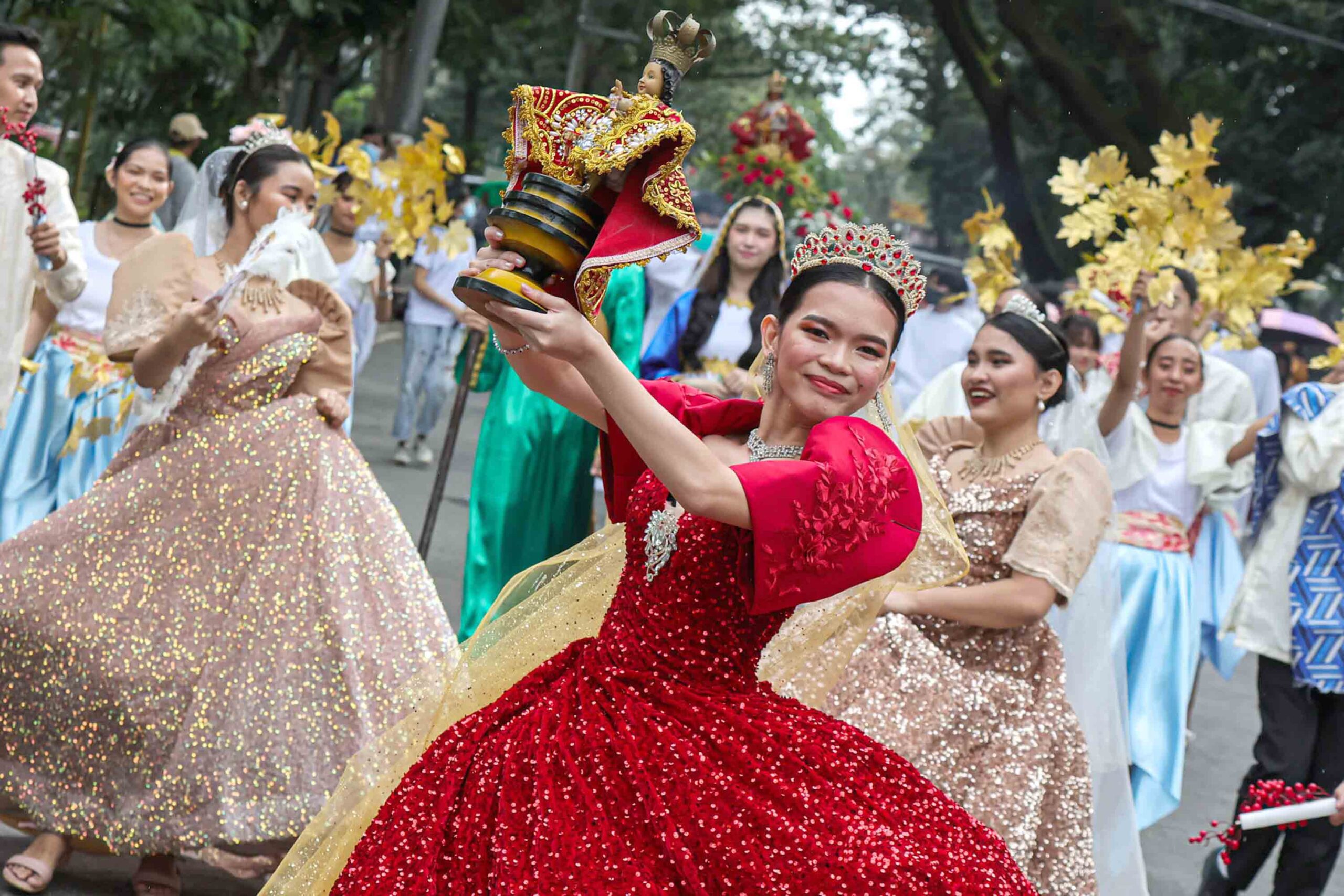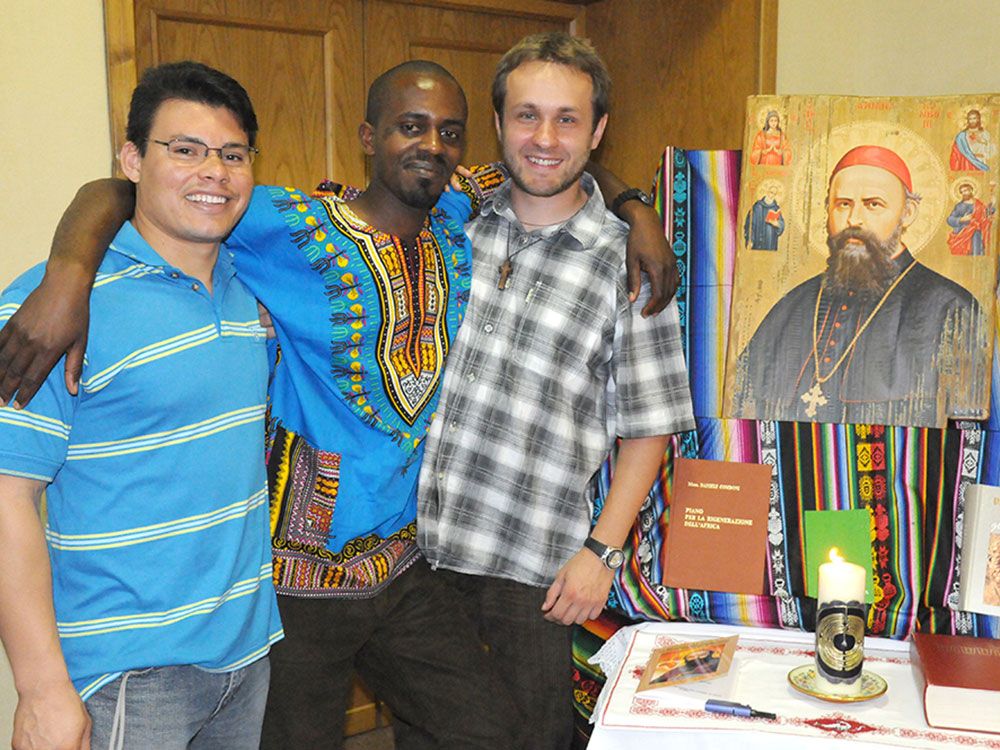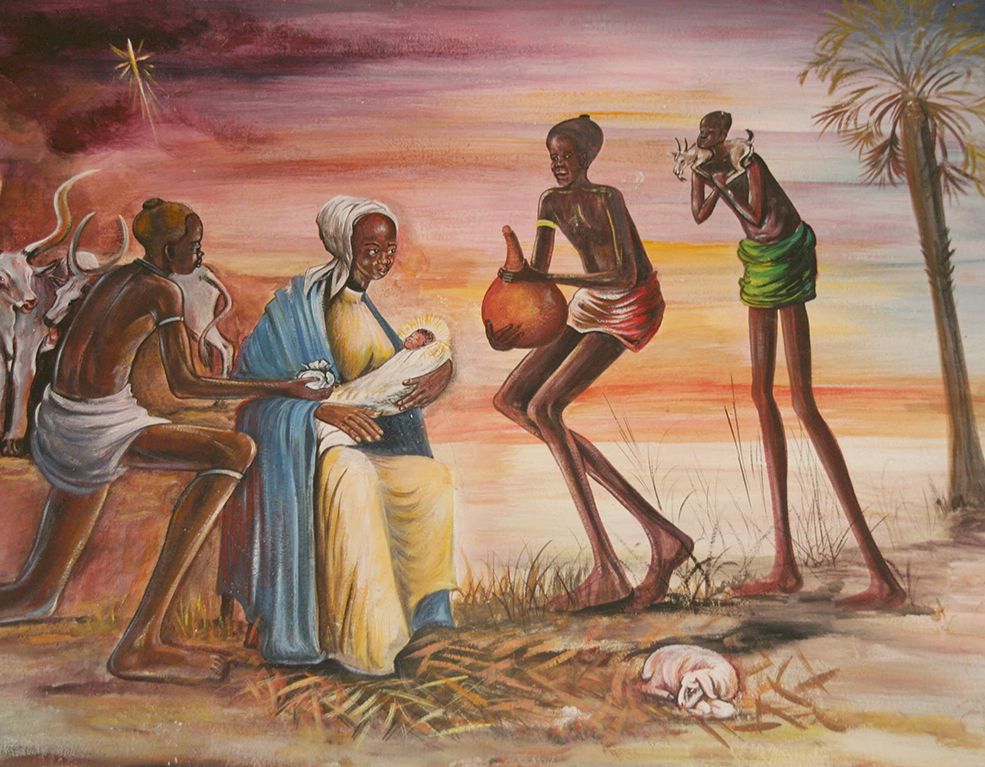Insofar as worship is God-centered, the retrieval of mission in its worshipful dimension can re-address the overall sense of going on mission. It helps us to a renewed awareness that mission itself happens within God’s “circumambient Spirit” (David Kelsey) and unfolds as a faith acknowledgment and an act of adoration of a God already there. There is no place to which we can go, no boundary we can cross, before God. To be missionary means to be taken up actively into God’s design as it takes place in the world.
Thus, mission regains its character of existential pilgrimage in search of the footprints of the Spirit and of the gifts He dispenses everywhere among peoples so as to join in His work. The paradoxical side of mission is to speak of God while seeking Him, to go out to bring the good news of God to others while, being itself, a going out to meet God, to have as its object the One who is the Subject, who again and again, surprises it in His unfathomable mystery. In her mission, the Church communicates to others what she has already experienced, while being herself always built anew and instructed by God through what she receives and learns from them, who from being addressees become her interlocutors and fellow travellers.
Only this dimension of worship can counteract the tendency of mission to become self-assertive: listening and contemplation, wonder and gratitude, humility and invocation – “Your Kingdom come” / “Come, Holy Spirit. renew the whole creation,” trigger a process of purification from old and new propensities of mission to self-glorification and self-aggrandizement, proselytism and fundamentalism.
Love Play and Feast of Gratuity
Romano Guardini describes liturgy as a play, a ‘serious game,’ and speaks of it as “useless but meaningful.” Liturgy evades the “utilitarian” and “instrumental” criteria of the merchant’s time and of the market society. As little children, we play with symbols and rituals before God, not in order to produce something, but to sense and enjoy the love of God and the space of creative freedom His love opens for us in the midst of a broken world that groans for the freedom of God’s children.
The rediscovery of this “love play” core of Christian liturgy refreshes, first of all, a business-like sacramental practice, by turning it into a moment of ecstatic experience of the world being transfigured: an initiation into being fully human before God, in an ambience of “gift,” “wonder” and “childlike” attitude.
Furthermore, once this worshipful core is reconnected with mission, the whole missionary endeavor and purpose is also refreshed. Mission itself is reshaped as a “love play”: not a mission under the pressure of counting the “gains” but only with the eagerness that all may take part in the feast of life; not with the aim of locking people into a religious cage but rather of disclosing to them the open spaces of God’s house and engaging them in a global event of generosity and gratuitousness.
The Holy Spirit is the great protagonist of mission: “He alone stirs up the new creation, the new humanity at which evangelization has to aim” (Paul VI, Evangelii Nuntiandi, 75). In the words of Jesus’ manifesto in Luke’s gospel, the Spirit empowers Jesus to proclaim the “acceptable year of the Lord” (Lk 4:19), namely the dawning of a new era for this world’s sighing, sobbing multitudes. The Book of Revelation speaks of “all things made new,” of “a new heaven and a new earth,” of a “holy city coming down from heaven” in the likeness of a “bride” clothed in the glory of God Himself. Both the language of the Lord’s year and that of a new heaven and earth or heavenly city are a language of feast, of a celebration bursting out in the midst of crisis and sorrow. Such festive motif resounds also in the language of the Kingdom of God that Jesus compares to a “great banquet” or a “wedding banquet.” The mission of the Spirit in the world aims at making of all God’s creation a great feast of life and love, the definite sign of which the Spirit has given in the resurrection of Jesus from the dead (cf. Rom 8:11). As Dei donum, the “absolute Gift,” the Spirit introduces creation into the ‘gratuity-game’ and ‘love-celebration’ itself of the Trinity.
The interaction of liturgy and mission leads us to see, in the messianic feast inaugurated by God’s self-gift, the very purpose of mission: “The mission of the church is to prepare the banquet and to invite all people to the feast of life” (WCC, Together towards Life: Mission and Evangelism in Changing Landscapes). The missionary proclamation has to reach out to people as a proclamation in the strong sense of a liturgical act of praise, of a narrative made before God of His compassion, as He wipes away every tear from our eyes. The preaching of the Gospel needs to be experienced by people as really a “good news,” namely, that God is “with His people in the midst of a celebration overflowing with the joy of salvation” (Evangelii Gaudium, 4).
In a historical context such as the current one, dominated by the market and the law of profit and when any attempt to change the situation seems doomed to fail, all this means for mission a call to rebuild the human ability to “dream” as proper to messianic times (Acts 2: 17-18), and to rekindle hope against hope.
“Body Given” and “Hard Edge”
The fact that the memory of the violent death of Jesus is at the very heart of the liturgical celebration makes clear that the coming of God’s Kingdom as the festal event of a world transfigured by an internal logic of “gift” has to face and engage the reality of violence, oppression, exploitation and inflicted suffering in the world. The powers that keep people captive are to be named and confronted.
A new world is born through a painful travail. Jesus plunges Himself critically and actively into the chaotic and violent process of our world. In every village and town or along the roads He comes close to the outcasts and the victims of all kinds, offering them healing, liberation and a table fellowship that upsets the socio-religious exclusion of His time and introduces a practice of transformation to put an end to the situation of ostracism. In His “casting out demons” (Mk 5:1:20), Jesus confronts satanic forces that manipulate people and make them inhabit a world of death; He names them “legion,” namely not only individual but also systemic demons. This approach of Jesus shocks and causes a scandal and leads, eventually, to His sentencing to death, a destiny He embraces as self-gift for others. His life and mission are, thus, symbolically enclosed between the “table fellowship with the poor” and the “death between two crucified people.”
God’s compassion for the world becomes, in Christ Crucified, God’s participative and liberating immersion in the passion of the world; “the reign of God, mercy, and hope are better understood through the lenses of the cross. Without the cross and the historical conflicts, the ‘approach’ of Jesus loses its ‘edge’” (Jon Sobrino).
A re-appropriation of the cross of Jesus in its full historical truth and theological depth affects, first of all, the liturgical celebration itself. It indeed demands that the liturgical memory of the Paschal mystery does not devoid the death of Jesus of its violent character of an inflicted death and that it integrates the memory of so many other victims of human history and gives voice, before God, to their cry of suffering and for justice. The biblical psalms that the Church uses in her liturgy are, after all, full of the lament of the victims and of their appeal for vindication. Only then the proclamation of Jesus’ resurrection will appear in all its meaning of God’s vindication, both of Jesus crucified and of the crucified people, as well as the open door to a really universal reconciliation and to the fullness of life for all.
Secondly, such recast liturgical memory reshapes, in turn, mission itself. It urges the Church to stand as Christ’s witness within the historical reality of conflicts, in the awareness that the proclamation of the Gospel brings about a confrontation with the powers that are responsible for the victims throughout history and, consequently to side, in the manner of Jesus, with the powerless in their struggle for liberation and take upon herself their passion.
The Church-in-mission goes forth to the existential peripheries to bring the joy of the Gospel. But for that joy to become fully true and for the compassion and tenderness of God to be experienced in all its effectiveness, she needs to enter actively into the reality of conflict, suffering and struggle of people in their attempt to come down from the cross and, in their exodus out of marginality, with the readiness to suffer the fate of Jesus.
In her mission, the Church acts as memoria passionis, a living memory of passion: by proclaiming the death of the Lord till He comes again, in all its truth, without depriving it of its realism and sting, she re-narrates the passion of men and women and of entire peoples so that it might not be forgotten but remain both a “scandal” that upsets the ambiguous peace of socio-political systems, and a “cry” that makes demands on human conscience and practice. As the ecclesia crucis, she joins the crucified people in their enforced and destructive dispossession so as to let, in the words of Gustavo Gutierrez, “the subterranean streams of the underside history,” namely, of the history of those who look as the “history losers,” gush up, with all their load of pain and resistance as well as of creative longings and energy, and turn into a “subversive” wave that pushes forward towards liberation and freedom, thus giving visibility to God who wipes away every tear from people’s eyes and makes all things new.
The worship-shape of mission is the shape of the “memoria passionis as a dangerous memory of freedom,” a proclamation of a different “future in the memory of suffering” (Johann-Baptist Metz), which leads to conflict with the powers to be and could, eventually, take the missionary witness (martyría, in Greek) to its “hard edge” of martyrdom. Without such edge, however, the mission loses its voice in the world and the discourse of the messianic feast becomes romanticized.
The interaction between liturgy and mission highlights how mission is in itself a share in the Paschal mystery of Christ while, at the same time, refreshing the understanding of the latter by challenging any theology of the “mystery of the cross” to take as its starting point the “cross of history” as suffered both by Jesus and by today’s victims.
Fruit of the Earth – Bread of Life
As any liturgical-sacramental celebration draws its “matter” from earthly realities (water, bread and wine, oil…) to be assumed, transfigured and lived as an experience of grace, so the pursuit of the messianic feast of life by Christian mission presupposes the acknowledgment of creation in its divine giftedness as part of God’s Self-Gift and entails the care for its integrity.
As with other human beings and with the rest of creation, our relationship cannot be reduced to utilitarian relations. Integral to the mystery of salvation is also the promotion of creation, and the hope of humanity’s redemption is intrinsically linked to the restoration of all creation. The advent of a free humanity requires a devastation-free environment and a grace-filled universe. As suggested in the Letter to the Romans, the Spirit is the midwife to the birth of the new world as Creation groans ‘in labor pains.’
Drawing all other creatures into its praise of God, Christian liturgy invites us to see nature as granting us a glimpse of God’s infinite beauty and goodness and initiates us into a cosmic communion. Through the Eucharistic transformation of our ordinary bread, fruit of the earth, into the Body of Christ-Bread of Life, creation is placed at the center of mission: “Creation’s life and God’s life are entwined” (WCC, Together towards Life: Mission and Evangelism in Changing Landscapes).
Gathering up the “Fragments” of the Spirit
It has been usually said that “mission is the Church breathing: we inhale in worship, exhale in witness.” And yet, as Geevarghese Mor Coorilos, metropolitan bishop of the Syrian Orthodox Church, has recently noticed, “it’s also time we practised inhaling in witness and exhaling in worship,” in the sense that the liturgical life of the Church comes to reflect an actual practice of healing, reconciliation, justice and equality in both ecclesial and social engineering. The movement, then, would go not only from liturgy to mission, from the sacred to the secular but also, and primarily, from mission to liturgy and from the secular to the explicitly religious, and we would have to speak of mission not only as “the liturgy after the liturgy” but, even more, as “the liturgy before liturgy.” The focus itself of mission would move from “sowing” to “harvesting” what the Spirit has already sown.
A shift is taking place in the way Christian mission is patterned on the Trinitarian movement of mission. With the emphasis on the universal action of God, it is the ‘anabatic’ movement of the missio Dei to come to the foreground: “in the Spirit through Christ to the Father” the whole universe is gathered up as in a cosmic hymn of liberation and praise to God.
Beyond the missionary action of the Christian community, it is for the Spirit Himself to combine in a doxology whatever is good for God in the world. By making His own the groaning of both creation and humankind, the Spirit turns it into a hymn in praise of the Father’s glory.



